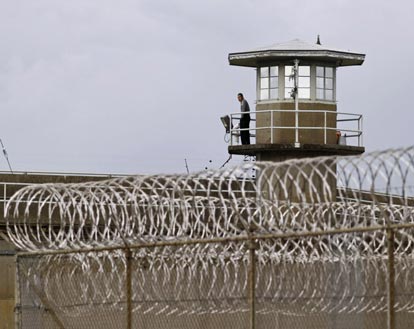A Florida man has been issued a $25,000 Notice of Apparent Liability for Forfeiture (NAL) by the Federal Communications Commission (FCC) for operating an unlicensed radio transmitter and interfering with a nearby prison’s communication system.
Terry L. VanVolkenburg of Cocoa, Fla. allegedly “willfully and repeatedly violated Sections 301 and 333 of the Communications Act of 1934…by operating a radio transmitter without a license on the frequency 465.300 MHz and interfering with licensed communications.”

According to the FCC, “the frequency 465.300 MHz is allocated to public safety stations” and Vanvolkenburg was not authorized to broadcast on a public safety frequency.
A complaint filed in late 2012 by the Brevard County Sherriff’s Department stated that the wireless radio communications system in the county jail experienced “intermittent interference” on at least 14 days throughout September and October 2012.
Audio recordings of the interference taken by the Sherriff’s Department suggest “that a male individual…[transmitted] vulgar language, sound effects, previously recorded prison communications and threats to prison officials over the prison’s communications system,” according to the NAL. Warnings issued by prison officials were disregarded.
In late October 2012, “using direction-finding techniques,” FCC agents from the Tampa, Fla. office of the Enforcement Bureau traced the source of the interfering signals to VanVolkenburg’s residence and determined VanVolkenburg to be in possession of an Alinco DJ-C5 portable radio capable of operating on 465.300 MHz.
When questioned, VanVolkenburg did not “specifically admit that he had interfered with the prison’s communications.”
However, “when asked about the transmissions on 465.300 MHz and the interference to the prison’s communications systems, he stated that he chose 465.300 MHz because the prison’s transmissions on that frequency were strong; that he was only using 300 mW and did not think that he ‘could talk over anyone and therefore wasn’t interfering with anyone’; and that the interference would not happen again.”
For more information, visit The Federal Communications Commission.





